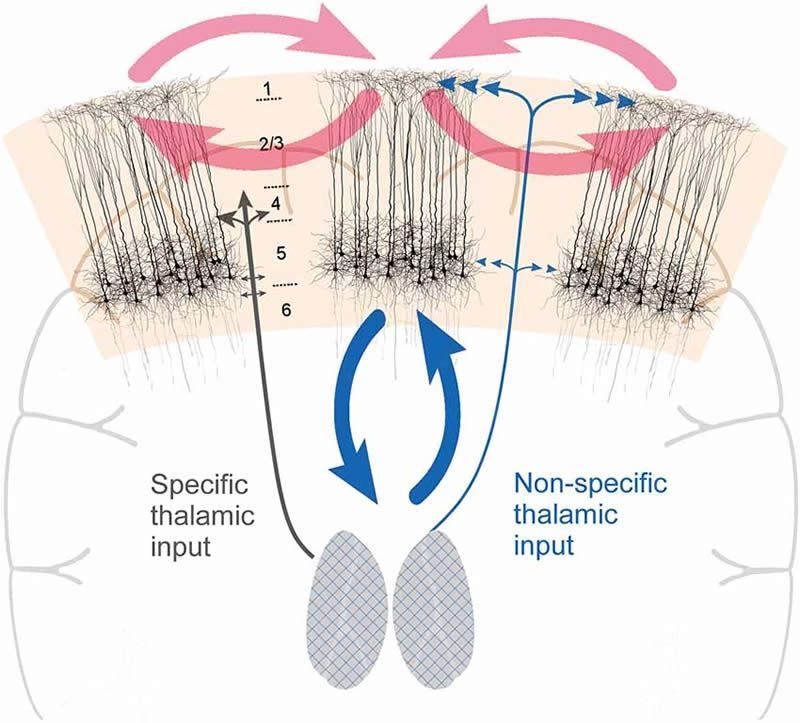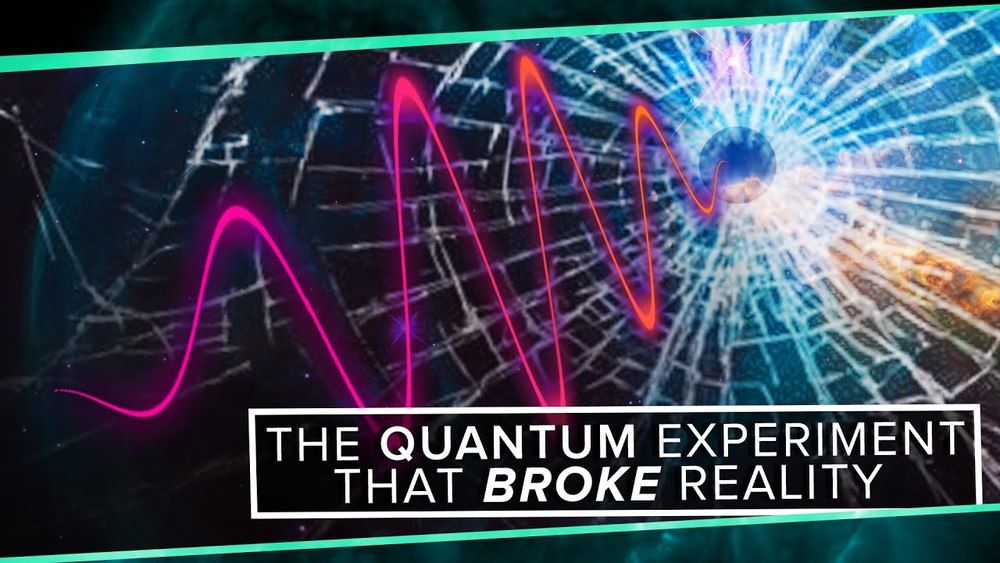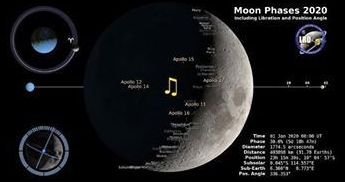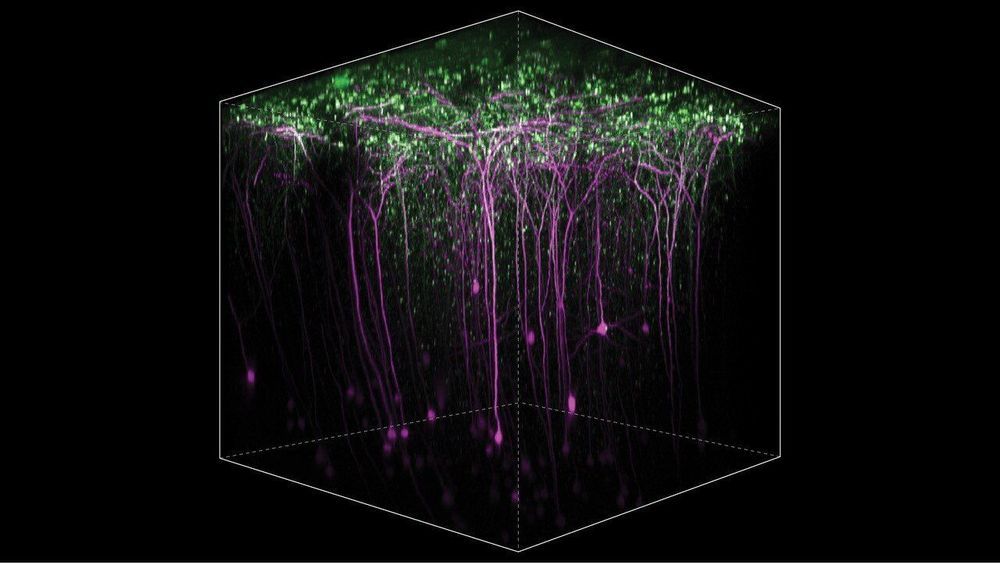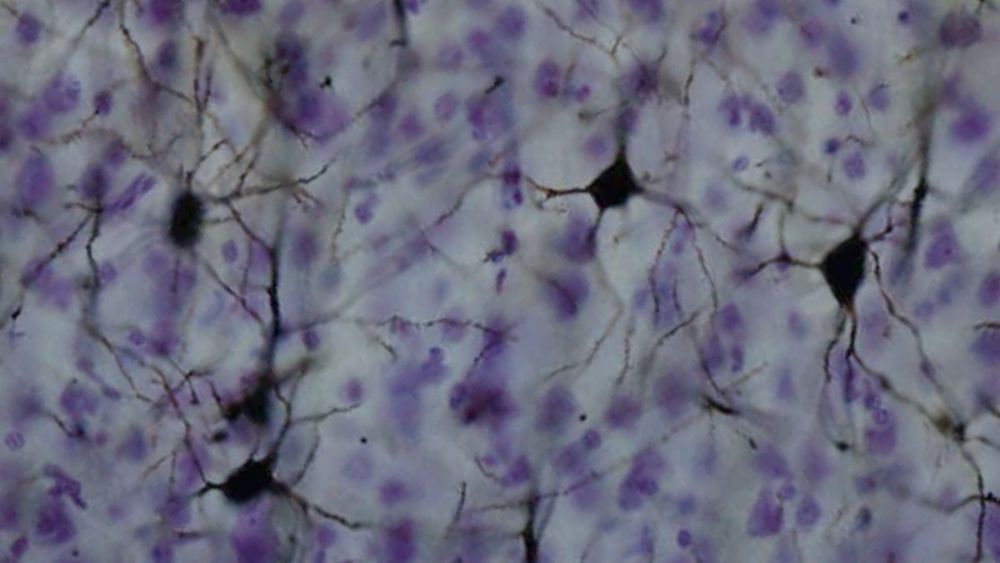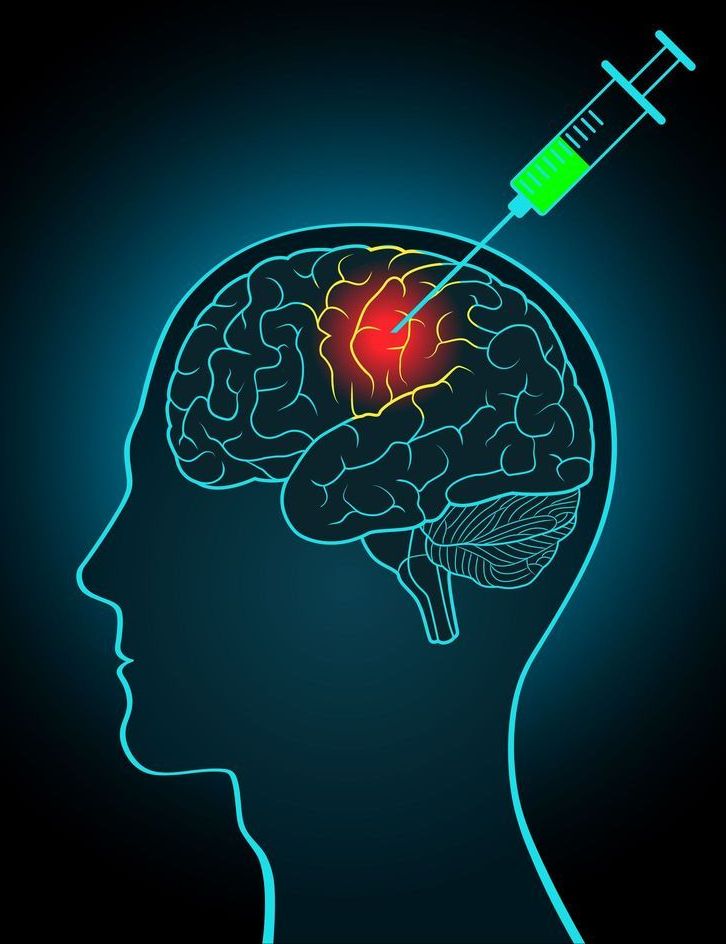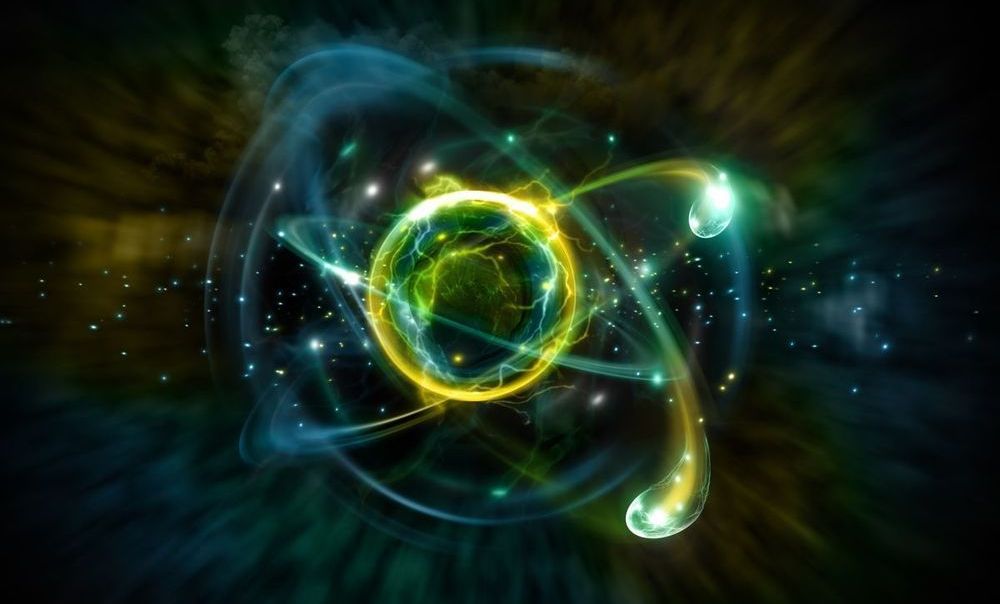Jan 2, 2020
Finding the root of consciousness: Is this brain cell your ‘mind’s eye’?
Posted by Paul Battista in category: neuroscience
Researchers believe they have identified specific neurons that are responsible for conscious awareness. Previous studies have implicated both thalamocortical circuits and cortico-cortico circuits in consciousness. The new study reports these networks intersect via L5p neurons. Directly activating L5p neurons made mice react to weaker sensory stimuli. The researchers say if consciousness requires L5p neurons, all brain activity without them must be unconscious.
